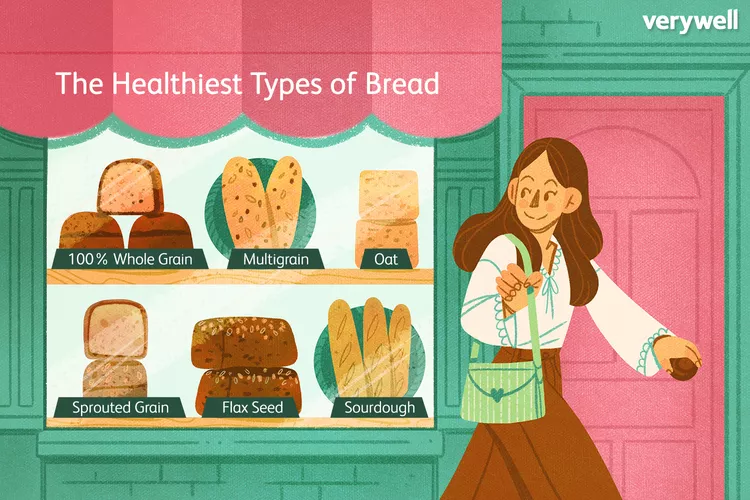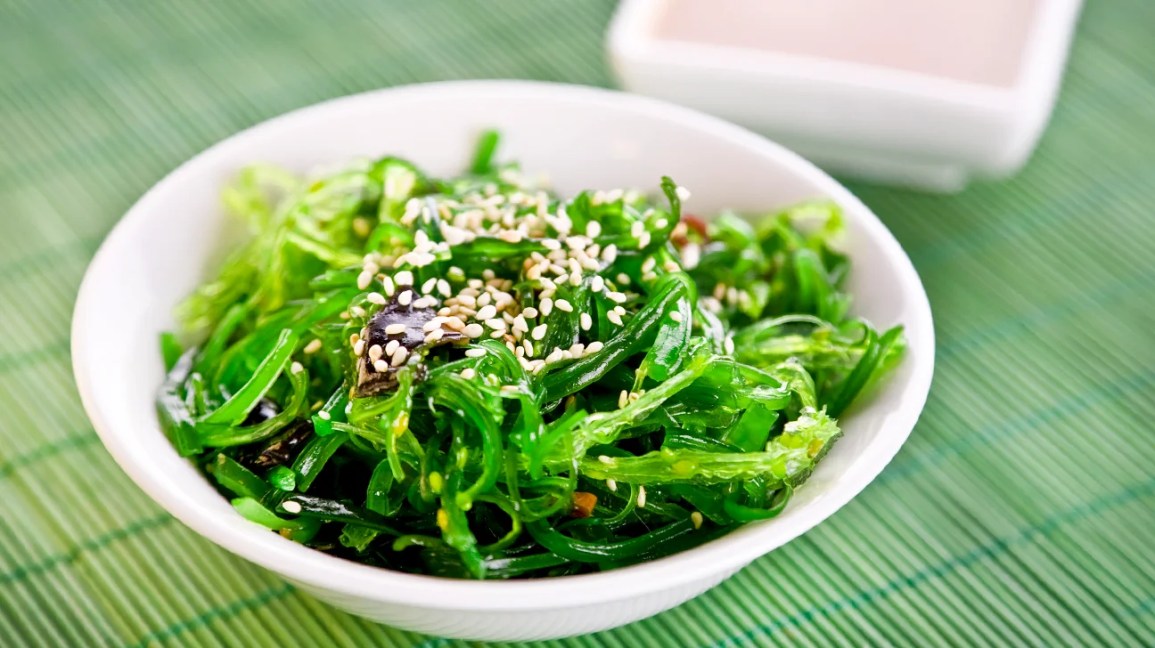Bread does not exactly have a track record for being slimming– or, for that matter, healthy in general. Thinking about the popularity of low-carb and gluten-free diets, you might find it challenging to think of bread in a positive light for health.
In spite of criticism that it’s fattening or too high in carbohydrates, the right kind of bread can actually be a very healthy food. After all, many breads have a basic ingredient list that begins with entire grains– and consuming more whole grains is associated with lower weight and minimized threat of cardiovascular disease, cancer, and death by any cause.1.
Keeping bread in a healthy diet boils down to choosing varieties with the very best nutrition (because all breads are absolutely not developed equal).
To set the record straight on which are healthiest, we’ve assessed different types based upon amounts of fiber, protein, micronutrients, and total calories, along with what research study says about their health advantages.
100{3ce0ad748aa90072994365178fd728c9d7c9d879343909fd1337f07a6240cc7d} Whole Wheat Bread.
It’s no surprise that 100{3ce0ad748aa90072994365178fd728c9d7c9d879343909fd1337f07a6240cc7d} whole wheat bread loads an abundance of fiber and nutrients– and is among our picks for the healthiest variety.
An average piece of bread made with all whole wheat flour supplies 80 calories, 5 g protein, 0 g fat, 20 g carbohydrates, and 3 g fiber.
One hundred percent entire wheat breads also contain differing amounts of essential minerals like selenium, manganese, calcium, thiamin, and phosphorus.
Satisfying your nutrient requires is all well and good, however completion goal of excellent nutrition is, naturally, actual health outcomes. Whole wheat bread definitely delivers in this department.
Increasing whole grains (like those in 100{3ce0ad748aa90072994365178fd728c9d7c9d879343909fd1337f07a6240cc7d} entire wheat bread) has actually been revealed to lower the threat of multiple chronic illness, consisting of type 2 diabetes,2 cancer, and heart problem.1.
Plus, numerous research studies have actually demonstrated the favorable impacts of whole grains on weight control. A 2018 study3 discovered that when grownups changed improved wheat with whole wheat in their diets, they experienced a substantial loss of visceral fat.
Take Notice Of Labels.
Simply remember that lots of breads that market themselves as entire wheat may not include 100{3ce0ad748aa90072994365178fd728c9d7c9d879343909fd1337f07a6240cc7d} whole, unrefined grains.
Practice persistent label reading to determine whether a store-bought bread was made only with entire wheat flour. A 100{3ce0ad748aa90072994365178fd728c9d7c9d879343909fd1337f07a6240cc7d} entire wheat bread will either be identified as such, or will have entire wheat flour as its first ingredient (and will not list other flours like “wheat flour” or “enriched bleached flour”).
Multigrain Bread.
Wheat isn’t the only grain that deserves its fair share of magnificence for health advantages. Other entire grains like oats, amaranth, buckwheat, barley, and millet can find their method into multigrain breads for added fiber, protein, and micronutrients.
Again, adding a variety of whole grains such as these is an evidence-based way to lower the risk of several chronic diseases.
That said, navigating your way to a healthy multigrain bread can be rather challenging. When breads are identified as multigrain, it can be challenging to inform whether the grains that entered into them were in fact entire, or have been improved. Try to find a multigrain bread labeled as “100{3ce0ad748aa90072994365178fd728c9d7c9d879343909fd1337f07a6240cc7d} entire grain.”.
Grown Grain Bread.
Whole grains are healthy to begin with, but gathering them at the point of germination– as in, when they grow– drives their nutrient material even greater.
Sprouted grains include greater amounts of vitamins and minerals4 like folate, iron, vitamin C, zinc, and magnesium, making them another healthy building block for bread.
In addition to upping the micronutrients in bread, grew grains has an effect on macronutrients, too. Sprouted grains are higher in protein,5 which suggests they might keep you fuller longer (possibly offering weight management a boost).
Meanwhile, if you’re attempting to keep carbs to a minimum, grew grains can help. They tend to be lower in carbohydrates, given that the germination process breaks down starch.
With their high protein and fiber, sprouted grain breads also have a reasonably low glycemic index. (Food for Life’s Ezekiel 4:9 grew grain bread, for example, has a glycemic index of 36.) This suggests they will not raise your blood sugar as quickly as some other breads, like white bread, which has a glycemic index of 75.6.

Consider sprouted grain breads as a nutrient-packed, healthy sandwich option– or, for a lot more fiber, pick brands that combine sprouted grains with vegetables like lentils, beans, or peas.
Oat Bread.
These entire grains can supplement whole wheat in healthy store-bought and homemade breads. Oats contain a special type of fiber called beta glucan, which boasts benefits like lowering bad cholesterol, steadying blood sugar, and bringing down blood pressure.
It’s crucial to be label-savvy when picking a healthy oat bread. Try to find brand names that list oats and entire wheat flour as the very first active ingredients and consist of minimal sugarcoated.
Flax Seed Bread.
Flaxseeds aren’t grains, but that does not indicate they aren’t packed with nutrients. These little seeds are high in fiber and healthy polyunsaturated fats. Adding flaxseed to your diet may assist secure versus some cancers,7 along with enhance heart health.8.
Plus, the seeds are naturally gluten-free, so breads made with them (rather of wheat) can be a good option for those with celiac illness or gluten level of sensitivity.
Grinding flax seeds turns them into a meal that can serve as the basis of a delicious, healthy bread. Some commercially prepared breads use flax in combination with wheat, however for a loaf made entirely with flaxseed (and no wheat) you might need to make your own.
Lots of flaxseed bread dishes are unyeasted, implying they don’t need lengthy increasing and proofing times.
Sourdough Bread.
The renowned bread of San Francisco isn’t just scrumptious– it actually has hidden health benefits. Sourdough bread is made by means of a fermentation process that adds healthy probiotics to its end product.
A diet abundant in probiotics from fermented foods has actually been related to all sorts of favorable health results, like improved digestion and better immune function. And since lots of experts9.
Harvard Health Publishing. The growing function of probiotics.
think it’s finest to get probiotics from foods, instead of supplements, sourdough can contribute to your daily dosage.
For the healthiest sourdough bread, pick a variety made with whole wheat flour. Not only will you soak up the bread’s natural probiotics, you’ll get extra fiber, protein, and minerals, too.



